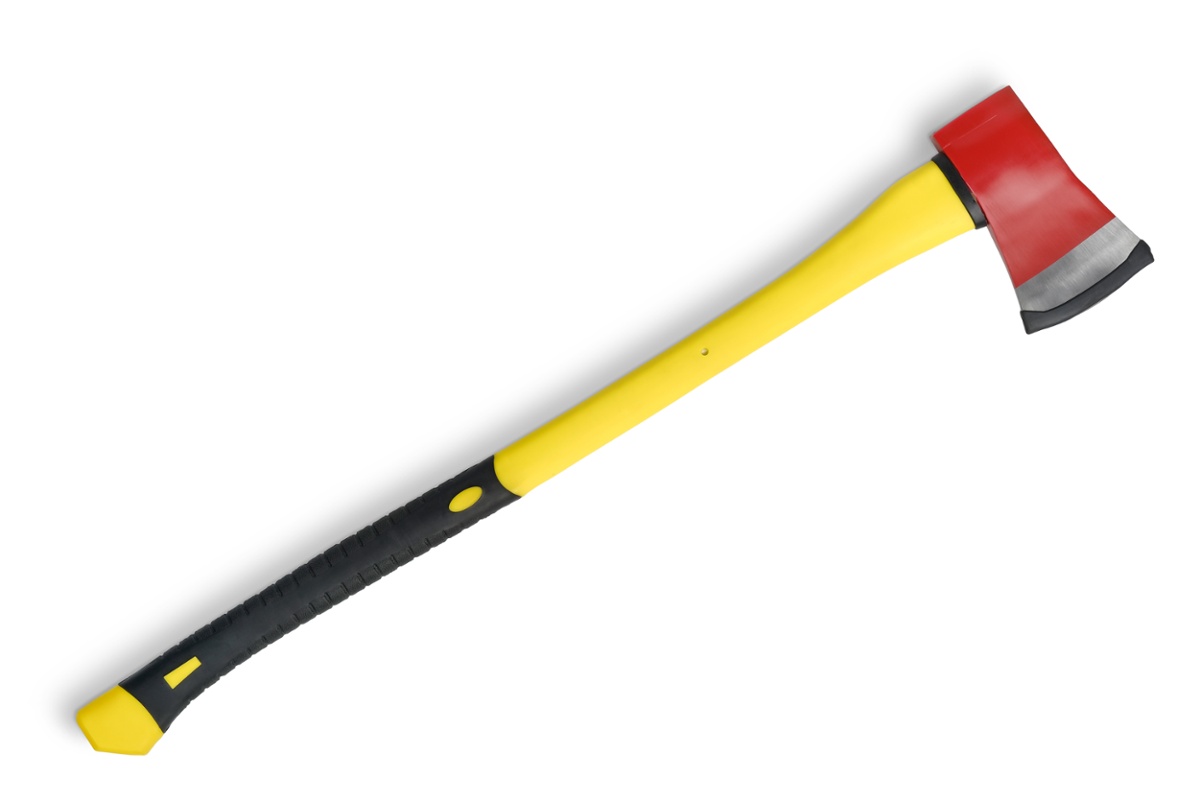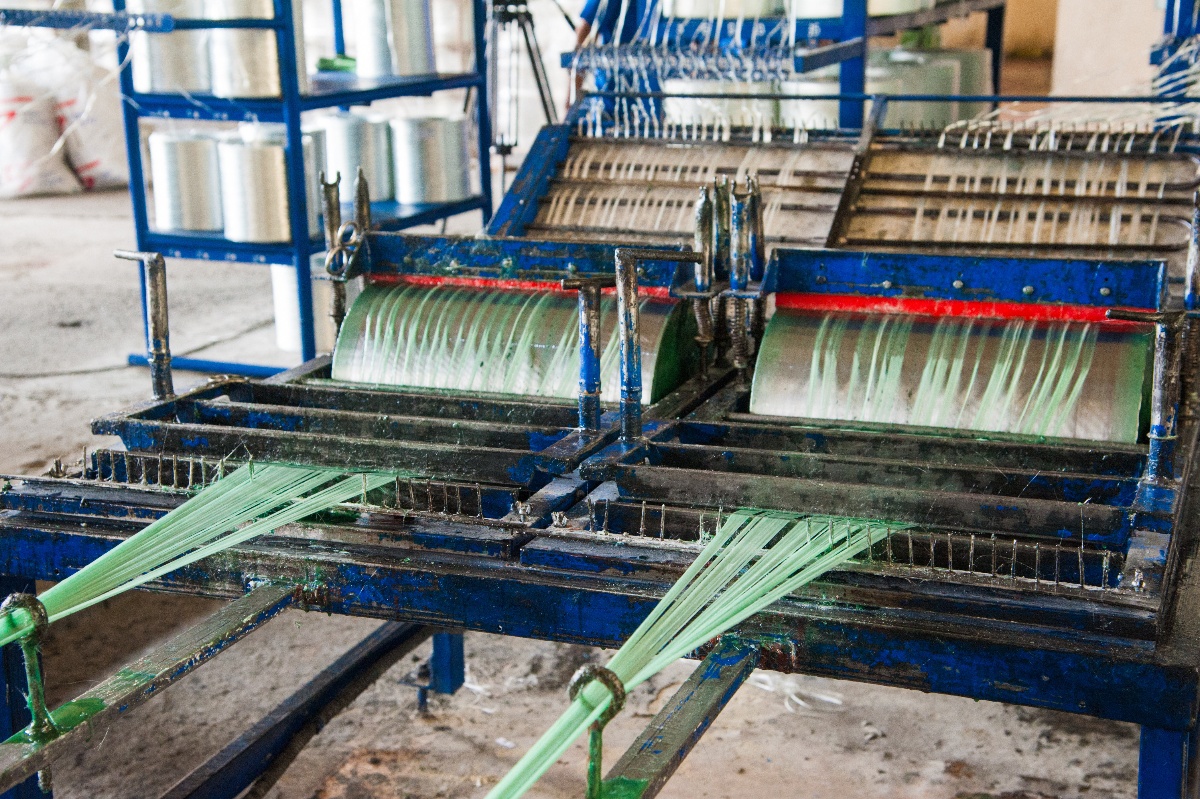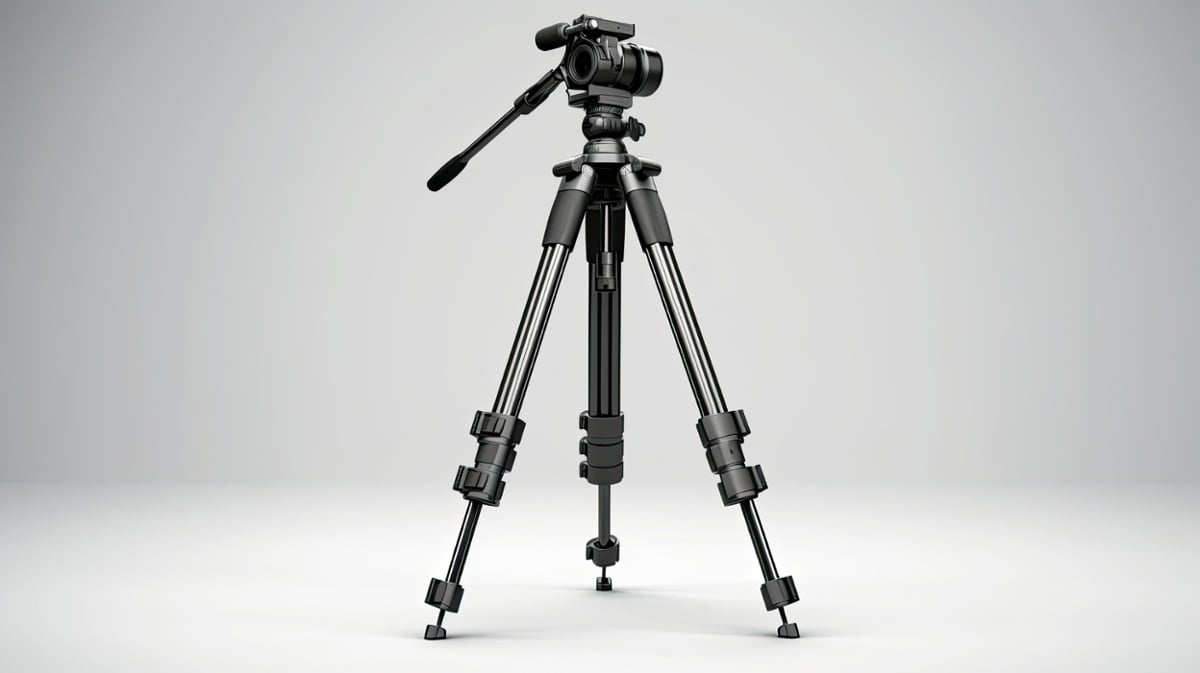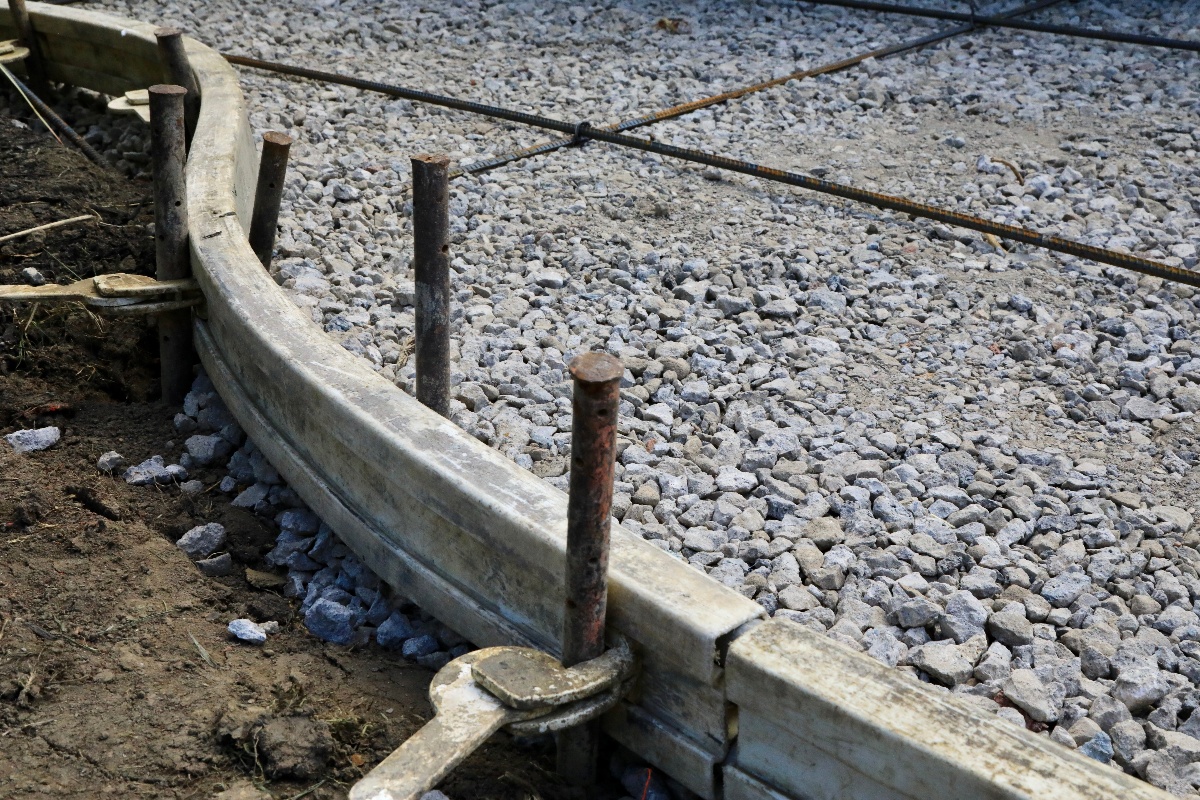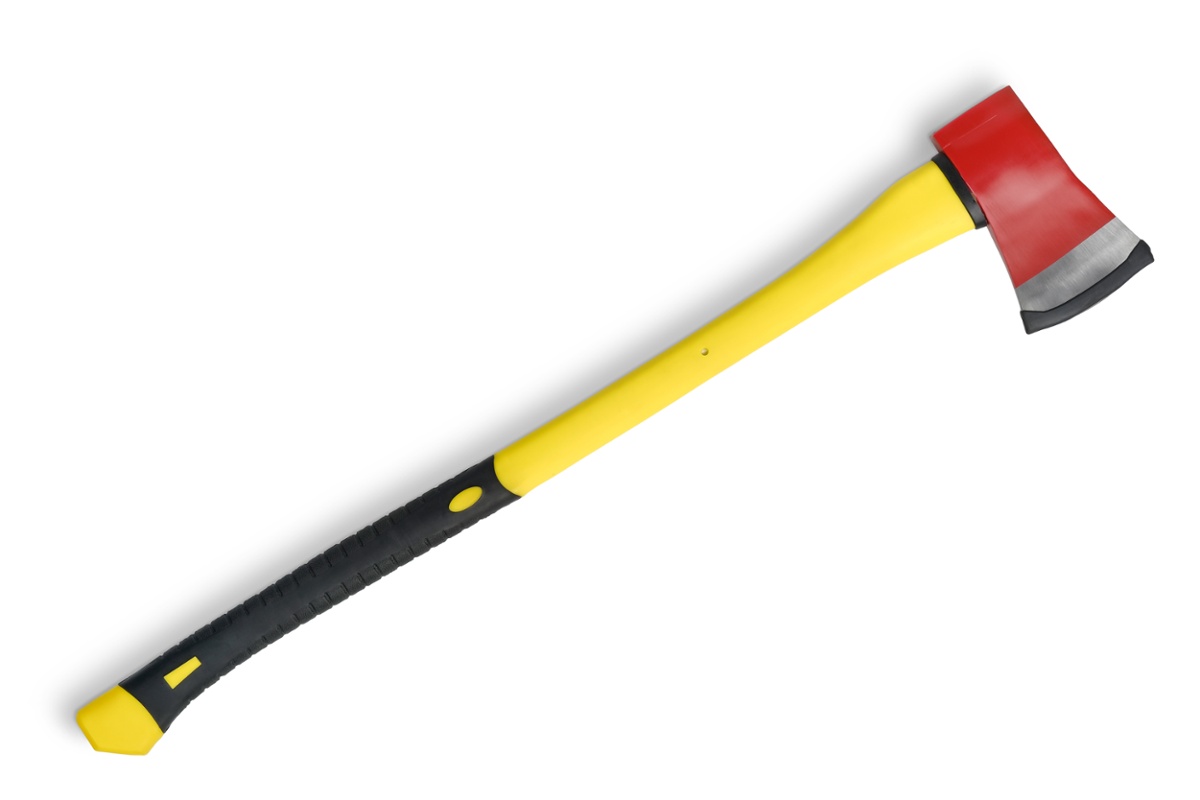
Proper handle design is crucial for the safety and effectiveness of special rescue tools used by firefighters like axes, halligan bars, sledgehammers, and more. The extreme conditions faced by firefighters make their tools more complex than those used by the average person or even other professionals.
Temperatures can shift from very hot fires to freezing temperatures, visibility may be near zero, and the situation is always urgent. The handles of the axes, bars, and hammers used to breach structures, break down walls, and cut fences in an emergency must promote control, swing accuracy, and power while protecting the user from elements like heat conduction or vibration stresses.
If the grip shape or size is off, safety and rescue operation success can be compromised. The unique constraints for these lifesaving tools have prompted innovative handle engineering to maximize firefighter capabilities and safety in the most challenging environments when lives are on the line.
This article delves into ergonomic, material, and advanced handle considerations for state-of-the-art firefighter rescue gear, and how fiberglass-reinforced plastic (FRP) can be used to improve tool handles.
Ergonomic Firefighter Tool Handle Design Considerations
It is essential firefighter tool handles are shaped and sized to facilitate secure gripping and control stability with thick firefighting gloves on. The gloves firefighters wear limit fine motor control and tactile feedback from the hand.
An undersized cylindrical handle would be slippery and preclude establishing a firm grip, especially when swinging a heavy axe or sledgehammer with force. Using an oval or teardrop shaped grip with proper diameter enables better conformity to grip position in a gloved hand. Having some molded texture for grip friction also aids tool control.
Proper Weight Balance
The balance of a firefighting rescue tool greatly affects the ease of handling. The head portion, including the axe blade, hammer, fork, or hook, needs coupling to a properly counterbalanced handle, minimizing perceived weight at the grip point.
This allows better leverage application by distributing some effort through the whole hand, wrist, and forearm musculature. Ergonomic testing helps determine ideal tool balance points and weights so that heaviness or awkwardness is minimized for the needed function.
Shock/Vibration Absorption
The extreme chopping, battering, and puncturing conditions rescue tools undergo produce strong vibrations and shock forces. Too much sustained vibration transmission can produce nerve damage or issues like carpal tunnel or white finger disease over time.
Handles engineered with vibration dampening through isolation grommets at connection points or internal absorption in grip materials protect firefighter health and tool effectiveness. The right amount of dampening prevents numbness without loss of tactile control authority.
Enabling multiple grip positions
Having handle length and shape that affords multiple hand positions facilitates needed variability depending on specific leverage orientation, stroke angle, posture, or hammering requirements. This adaptable grip control expands functionality and reduces strain for the unique needs firefighters encounter. Smart tool design avoids limiting firefighters to a single grip style during hectic and shifting rescue environments.
Material Properties for Optimal Performance
Firefighter tools and their handles can be exposed to extreme heat from proximity to fires. Some handle materials can become excessively hot, resulting in potential hand burns or being too hot to grip properly. Materials that insulate better against heat conduction while retaining strength are ideal. Composite materials containing fibers excel in this regard. Coatings also help handles stay cool enough to grip while being heat and flame-resistant if exposed directly during rescue operations.
Strength and Weight
The handles must support heavy tool heads being swung forcefully without cracking or causing injury. The choice involves selecting robust materials that minimize weight so firefighters do not get exhausted handling heavy tools. High strength-to-weight ratio composite materials enable lighter handle weights capable of high load capacities. Customized alignment of reinforcing fibers also optimizes strength right where required while reducing excess bulk.
Corrosion and Chemical Resistance
Rescue operations expose handles to water, temperature swings, salts, oils, and various chemicals. Susceptible materials can corrode or degrade over shorter lifespans. Stainless steels and engineered thermoplastic or thermoset polymer handles better resist long-term corrosion damage from chemical or environmental causes. Careful selection balances sturdiness with chemical inertness.
The ideal materials offer a suite of thermal, mechanical, and chemical benefits paired with designs customized for emergency rescue functionality under extreme uncertainty.
Fiberglass Reinforced Plastic Blends Strength with Lightness
A standout composite material solution for the rigorous demands of firefighter handles is fiberglass-reinforced plastic. The polymer matrix reinforced with glass fiber strands combines lightweight moldability and high mechanical strength capacity lacking in metals or wood. The strength arises from discontinuity and interactions amid long glass strands embedded like rebar reinforcement in concrete. Varying orientations optimize strength and stiffness axes to required load directions.
FRP handles are more resilient versus heat flow thanks to lower thermal conductivity composite construction. This helps prevent conductive hand burning and maintains grip security even after prolonged exposure to extreme temperatures. FRP does not corrode severely either. The smooth molded exterior sheds water and chemicals while avoiding dangerous electrical conductivity seen in metal handles.
With strength-per-unit weight, FRP allows lighter tools that are faster and less tiring to maneuver repeatedly without strength sacrifices. Ladder axes with FRP handles demonstrate lighter weights over original wood handles without losing chop, slice, and hook capacity. Adding customized ergonomic grip shapes is simpler with polymer molding flexibility, too.
The future of lighter, durable firefighter handles shines brightly thanks to the balanced benefits of fiber reinforcement blended into polymer matrices. As advanced composites broaden possibilities, FRP remains a steadfast handle solution ready today.

